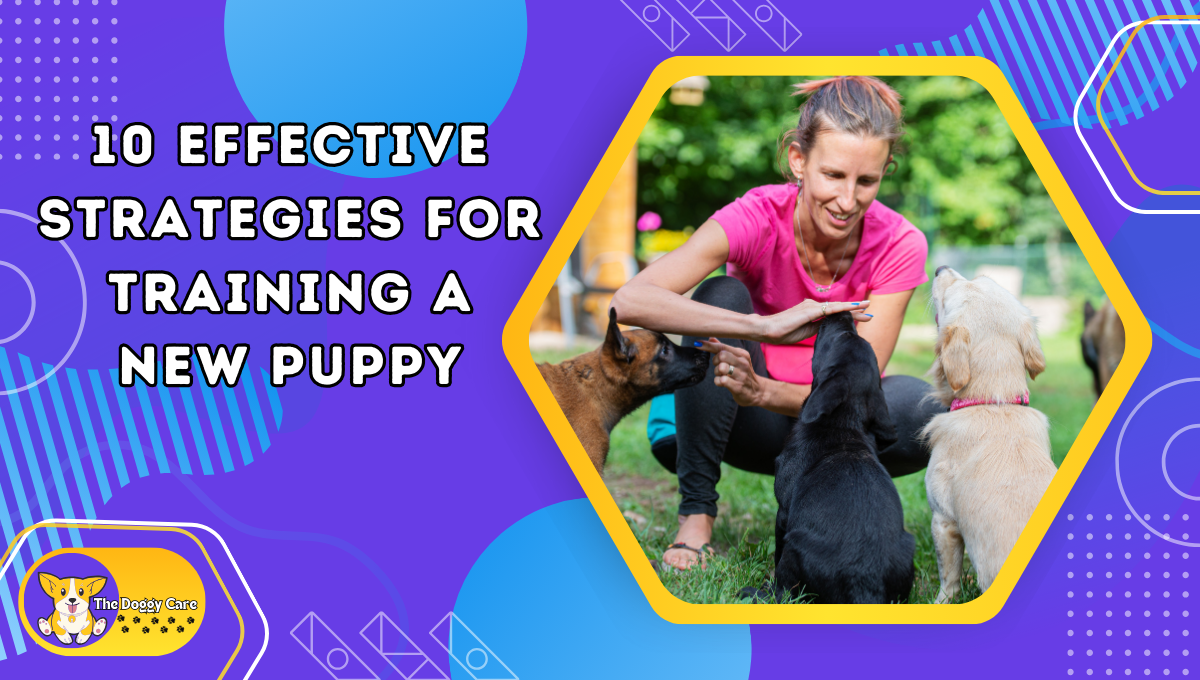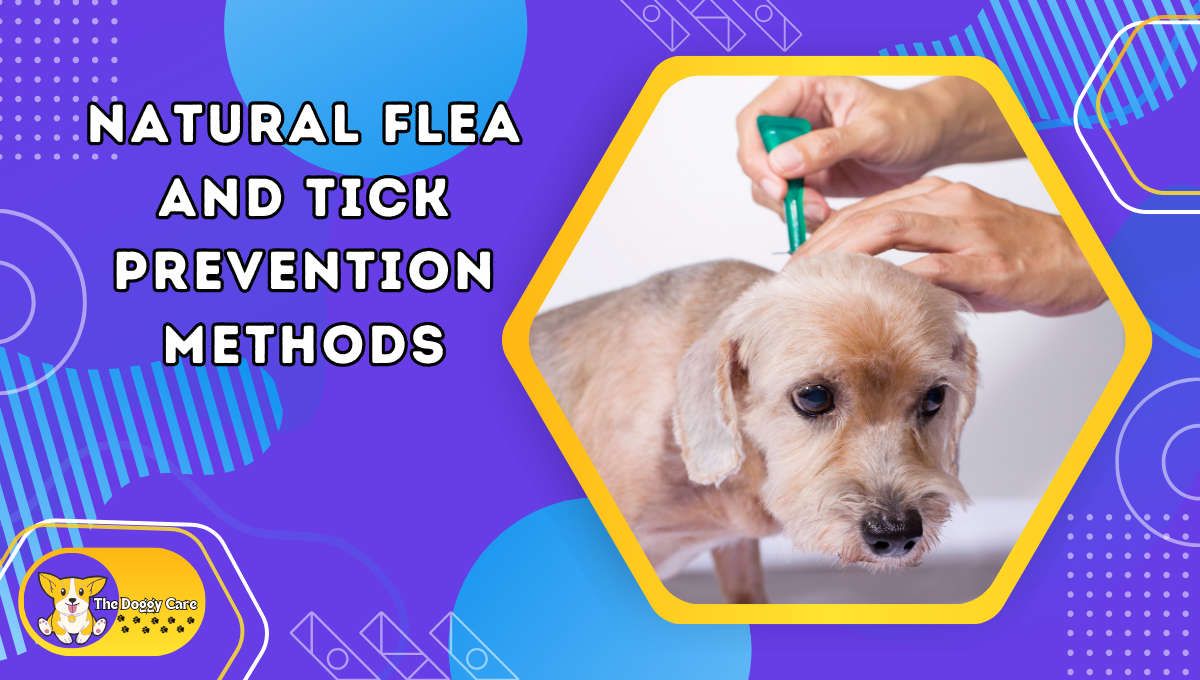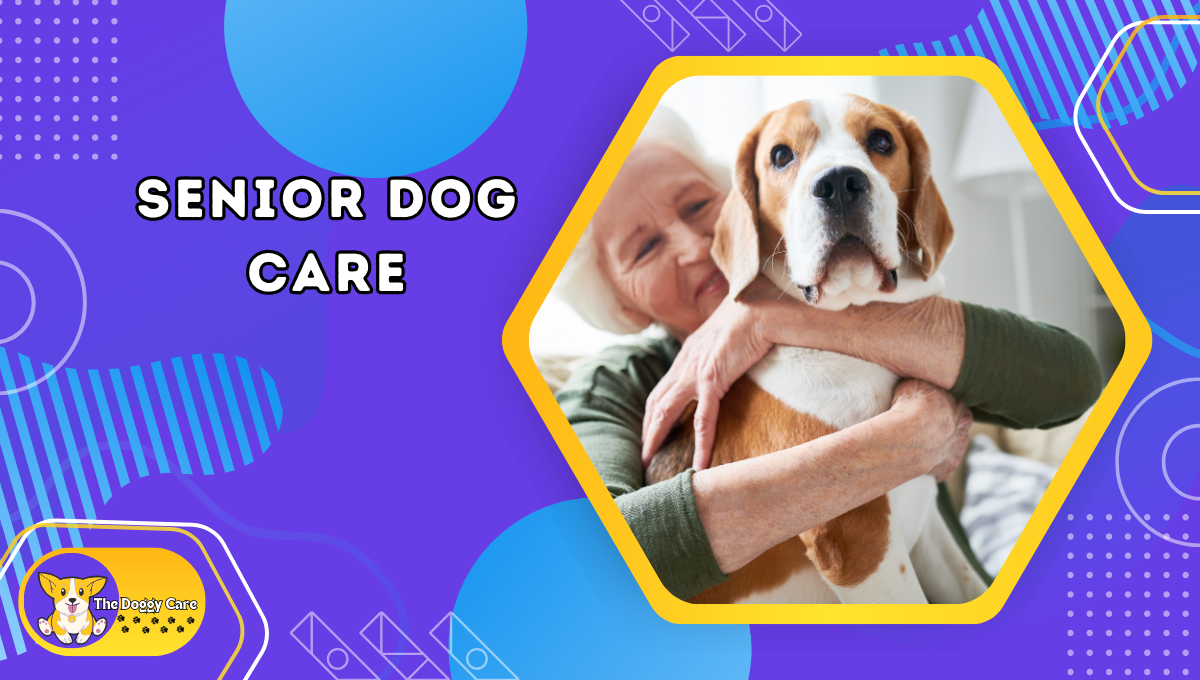Contents
- 1 10 Effective Strategies for Training a New Puppy: How to Build Good Habits from the Start
- 1.1 1. Establish a Daily Schedule
- 1.2 2. Start with Basic Commands
- 1.3 3. Utilize Uplifting feedback
- 1.4 4. Socialize Your Puppy Early
- 1.5 5. Carry out Crate Training
- 1.6 6. Teach Chomp Restraint
- 1.7 7. Avoid Negative Reinforcement
- 1.8 8. Handle Your Puppy Frequently
- 1.9 9. Be Patient and Reliable
- 1.10 10. Sign up for Puppy Training Classes
- 1.11 Things to Know About
- 1.12 Step-by-step Guide on Effective Puppy Training
- 1.13 Conclusion and Final Thoughts
10 Effective Strategies for Training a New Puppy: How to Build Good Habits from the Start
Presentation
Bringing a new puppy into your house is an interesting and formative time for both the puppy and its proprietor. According to the American Pet Items Association, approximately 63.4 million American families own a canine, with many proprietors starting their excursion with a puppy. Training a new puppy effectively from the outset is crucial to guaranteeing they develop into polite adult canines. This guide will frame 10 effective strategies for training your new puppy, intended to establish beneficial routines early on, making the training system enjoyable and rewarding.
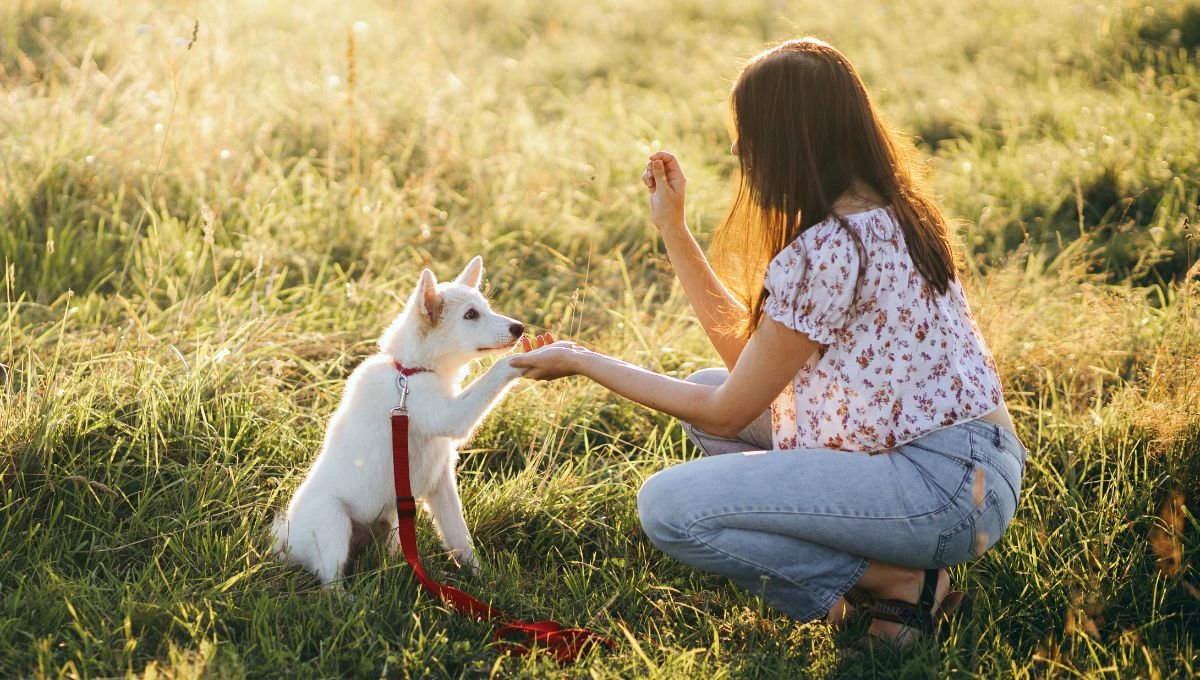
1. Establish a Daily Schedule
Creating a reliable routine is fundamental for any new puppy. This incorporates set times for eating, resting, and going to the bathroom. Doggies flourish with predictability which assists them with having a real sense of safety and aids in the training system. Consistency in their daily timetable teaches them what to expect at certain times and directs their internal clocks.
2. Start with Basic Commands
Start with straightforward commands, for example, “sit,” “stay,” “come,” and “down.” These foundational commands are essential for basic submission as well as establishing your leadership in the home. Training meetings ought to be short, about 5 to 10 minutes, to keep your puppy’s attention, and ought to always finish strong with a lot of praise.
3. Utilize Uplifting feedback
Uplifting feedback is an integral asset in puppy training. This includes rewarding appropriate conduct with treats, praise, or playtime, which encourages the puppy to repeat those behaviors. Always reward your puppy immediately after the ideal action is performed so they associate the reward with the right behavior.
4. Socialize Your Puppy Early
Socialization is critical and ought to start early. Open your puppy to various individuals, pets, conditions, and situations. This openness assists them with turning out to be composed and less fearful in various settings. Keep in mind, that the critical socialization window for a puppy is between 3 to 14 weeks of age, so safely acquaint them with as many new encounters as conceivable during this time.
5. Carry out Crate Training
Crate training is a beneficial strategy for house training and creating a haven for your puppy. The crate simulates a lair-like climate in which a puppy instinctually looks for security. When presented appropriately, a crate turns into a comfortable space for your puppy, helpful for times when they should be let be or during transportation.
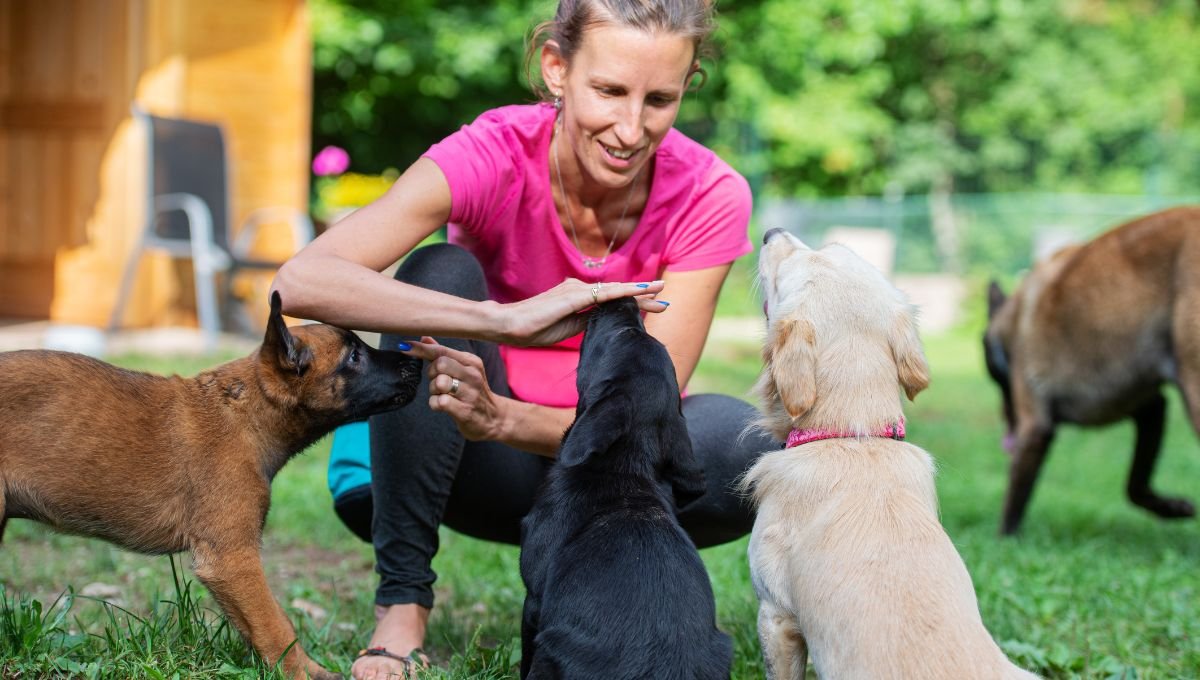
6. Teach Chomp Restraint
Doggies naturally nip and nibble. It is important to early teach chomp restraint. This can be finished by letting out a sharp cry when they chomp excessively hard, imitating the reaction of another puppy during play. This teaches them the strength of their nibble and helps control aggressive behaviors early on.
7. Avoid Negative Reinforcement
While it very well may be enticing to reprimand a puppy for undesirable behavior, negative reinforcement can frequently lead to fear and anxiety, which can repress learning. Center around diverting bad behavior rather than rebuffing it. If a puppy is biting on something inappropriate, offer them a bite toy instead and praise them when they take it.
8. Handle Your Puppy Frequently
Get your puppy used to being handled. Delicately contact their paws, ears, and mouth. This handling can help while visiting the vet or custodian, making those encounters less upsetting. Regular handling also fortifies your bond with your puppy and assembles trust.
9. Be Patient and Reliable
Patience is key while training a new puppy. They are probably going to make mistakes. Reliable training and reinforcement are what shape a puppy’s behavior over the long haul. On the off chance that you regard yourself as becoming frustrated, take a break and attempt again later. Consistency in your approach will guarantee that your puppy learns effectively and knows what to expect from you.
10. Sign up for Puppy Training Classes
Consider enlisting your puppy in training classes. This is particularly beneficial for first-time canine proprietors. Professional trainers can offer guidance tailored to your puppy’s temperament and breed-explicit traits. Training classes also give an open door to essential socialization with different canines.

Things to Know About
It’s crucial to know about the indications of stress or discomfort in your puppy during training meetings. Signs like extreme yawning, avoidance, or snarling indicate that your puppy isn’t comfortable with the interaction. Adjust your strategies accordingly and guarantee you’re not pushing your puppy excessively hard.
Step-by-step Guide on Effective Puppy Training
Establish a Daily Everyday practice: Regular taking care of, resting, and bathroom breaks.
Present Basic Commands: Teach straightforward commands in short meetings.
Practice Uplifting feedback: Reward great behaviors immediately.
Socialize Your Puppy: Safely open them to new encounters early on.
Execute Crate Training: Create a safe and comforting climate in the crate.
Teach Nibble Restraint: Educate on appropriate chomp pressure utilizing natural reactions.
Divert Bad Behavior: Replace undesirable actions with right behaviors.
Handle Your Puppy: Regular delicate handling to desensitize them to contact.
Maintain Patience and Consistency: Continue to train meetings reliably and adapt as required.
Attend Training Classes: Gain professional knowledge and additional socialization open doors.
By following these 10 effective strategies for training your new puppy, you’ll be well en route to having a polite and happy canine. These means facilitate training as well as reinforce the connection between you and your puppy, setting the foundation for a rewarding and cheerful relationship. Stay tuned for additional tips and experiences in raising a thoroughly prepared canine.
Conclusion and Final Thoughts
Training a new puppy effectively sets the foundation for a long period of acceptable conduct and mutual regard. The strategies illustrated give a far-reaching approach to fostering a balanced and loyal canine. By establishing a daily schedule, using encouraging feedback, and engaging in regular socialization and professional training classes, you create a climate that sustains your puppy’s development and improvement. This advantages your puppy as well as enhances the quality of the relationship you share.
Consistency, patience, and understanding are key parts of fruitful puppy training. Each puppy is interesting, and adapting these strategies to meet their necessities will assist with guaranteeing they reach their maximum capacity. Keep in mind, that the effort you put resources into training your puppy during these formative months pays profits as a respectful adult canine.
Embrace the excursion of puppy training with enthusiasm and responsibility. Your proactive efforts in shaping your puppy’s behavior will lead to a harmonious and upbeat relationship. Start executing these effective training strategies today and watch as your new companion prospers into a certain and happy canine.

